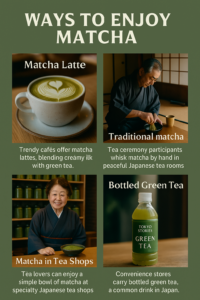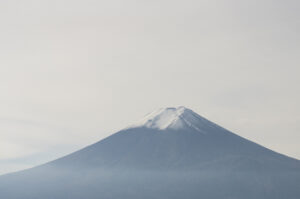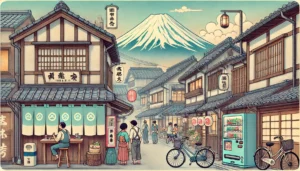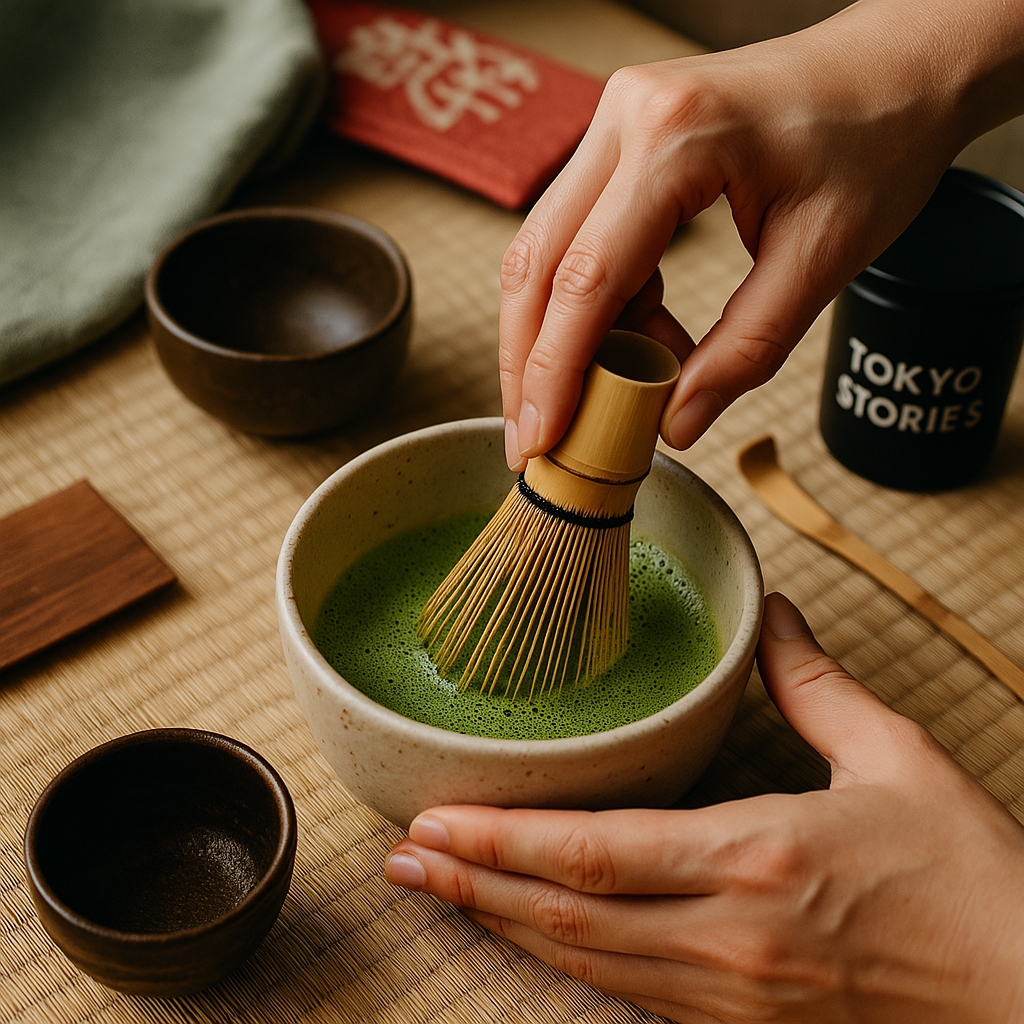Is matcha really a daily drink in Japan?
If you’re planning a trip to Tokyo, Kyoto, or anywhere in Japan, you’ve probably seen matcha everywhere—matcha lattes, matcha ice cream, matcha kit-kats.
But here’s the surprising truth: most Japanese people don’t drink matcha daily.
In this article, you’ll discover what matcha really means in Japan, why it’s both traditional and trendy,
and how you can enjoy it like a local during your trip.
- 1. Matcha vs Green Tea – What’s the difference?
- 2. Do Japanese People Really Drink Matcha Daily?
- 3. Why Matcha Is Still Loved in Japan
- 4. Matcha Latte vs Real Matcha
- 5. Where to Experience Matcha in Japan
- 6. A Brief History of Matcha in Japanese Food Culture
- Final Thoughts: Matcha is Special—Because It’s Not Everyday
1. Matcha vs Green Tea – What’s the difference?
In Japan, matcha and green tea are not the same. Green tea, or sencha, is the standard tea you’ll find in bottled drinks and tea bags. Matcha is powdered, made from specially grown leaves, and traditionally whisked into a frothy drink. It’s used in tea ceremonies, not your average lunch break.

2. Do Japanese People Really Drink Matcha Daily?
Not really. Most Japanese people don’t own a bamboo whisk (chasen) or prepare matcha at home.
Daily drinks? Usually bottled green tea or mugicha (barley tea).
For many, the last time they drank matcha might’ve been in elementary school during a cultural lesson—or at their grandma’s house during a traditional event.
3. Why Matcha Is Still Loved in Japan
So why is matcha still everywhere? Because matcha has evolved.
It’s no longer just a ceremonial drink—it’s a flavor.
You’ll find it in soft serve, chocolate, cakes, and Starbucks lattes.
It’s bitter, stylish, and very “Japanese.”
For young Japanese, matcha is cool. It’s tradition with a twist.
4. Matcha Latte vs Real Matcha
Sweet, milky matcha lattes are popular worldwide—but don’t confuse them with the bold, slightly bitter tea served in a Japanese tea ceremony.
Real matcha is about presence, simplicity, and savoring the moment. It’s more experience than refreshment.
It’s the taste of seasons, the sound of whisking, the calm before a sip.

5. Where to Experience Matcha in Japan
- Convenience Stores: Try matcha pudding, roll cakes, or ice cream at 7-Eleven, Lawson, or FamilyMart.
- Cafés: Order a matcha latte at a local café or chain like Starbucks Japan.
- Tea Ceremony: In Kyoto, Kanazawa, or Tokyo, take part in a traditional tea ceremony—many offer English guidance.
- Souvenirs: Matcha KitKats, soba noodles, or powdered matcha sticks make perfect gifts.
6. A Brief History of Matcha in Japanese Food Culture
Matcha came from China during the Tang Dynasty and was brought to Japan by monks. By the 12th century, it became part of Zen Buddhism practice.
In the 16th century, tea master Sen no Rikyū helped establish the aesthetics of wabi-cha—simple, intentional, beautiful.
Since then, matcha has been tied to Japanese hospitality and mindfulness.
It also pairs perfectly with wagashi—Japanese sweets designed to complement matcha’s bitterness. And today, it’s used in everything from noodles to desserts to fine dining experiences.
Even if it’s not part of everyday meals, matcha lives in Japan’s cultural DNA.

Final Thoughts: Matcha is Special—Because It’s Not Everyday
Matcha isn’t something most Japanese people drink every day. But it’s deeply familiar, quietly nostalgic, and unmistakably Japanese.
It’s the taste of a grandmother’s home.
It’s the flavor of a temple afternoon.
It’s the green thread tying past and present, tradition and taste.
So when you visit Japan, don’t just drink matcha.
Notice it. Savor it. Let it introduce you to the quieter side of Japanese life.



コメント